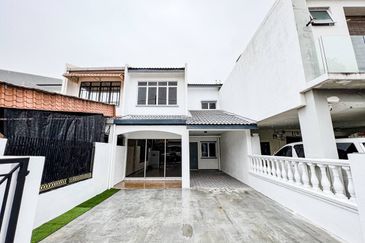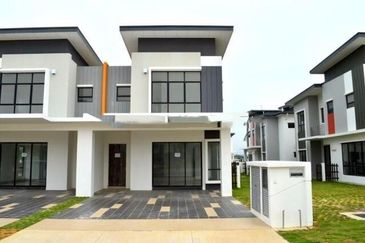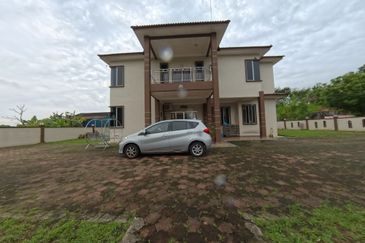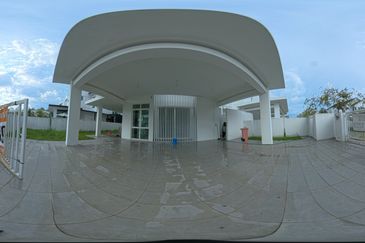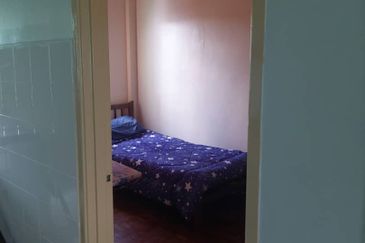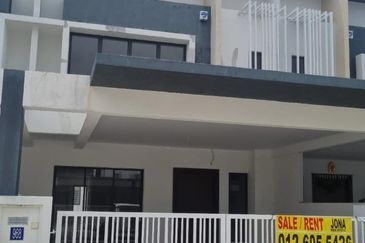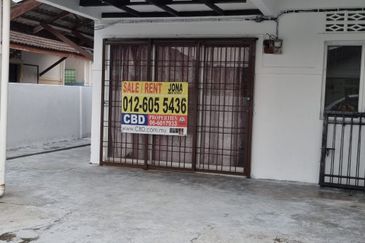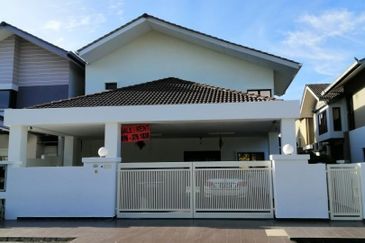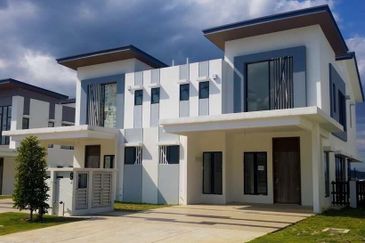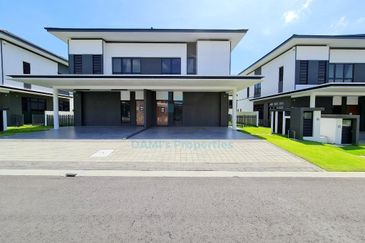
The Delivery of Vacant Possession (VP) under Housing Development (Control and Licensing) Act 1966 (HDA 1966) has presented a perennial question to purchasers: Why are the purchasers being delivered purportedly completed housing property that could not be occupied due to not having an actual supply of running water and electricity?
Under the current act, which is to be read together with the Housing Development (Control and Licensing) Regulations 1989 (HDR 1989), the developer is supposed to conduct the delivery of VP of the completed property to the purchasers with water and electricity supply ‘ready for connection’.
However, there are some irresponsible housing developers who deem their job completed as soon as the sub-stations are energized and commissioned and that the supply of those basis necessities of water and electricity to each individual parcel unit are beyond their control.
The disparity in expectations has created a dilemma for the purchasers; without running water and electricity supply, the property isn’t considered move-in ready, even if the property has been fully paid. The purchasers may have also made the requisite deposits to the utility providers for both their water and electricity providers.
With this, water and electricity must be made available by the developers upon the handover of the keys to their respective purchasers. Here’s why.
Actual Supply of Water and Electricity must be available
In the recent case, Bandar Eco-Setia Sdn Bhd v. Tribunal Tuntutan Pembeli Rumah & 2 Ors [2020] 1 LNS 778 at the Shah Alam High Court, the issue on “ready for connection” was eloquently and articulately expressed by Justice Wong Kian Kheong.
The decision made by Justice Wong cast an important precedent as to whether developers should provide actual supply of water and electricity to a completed house in the delivery of vacant possession since the introduction of HDR 1989.
Even though the decision was based on Sale & Purchase Agreement (SPA) prescribed in Schedule I (BTS 10:90 model) to HDR 1989, it is equally applicable to Schedule G for land and building, and Schedule H & J for building and land intended for subdivision into parcels.
There was also a previous case where two purchasers, who jointly purchased a double-storey semi-detached house from the developer, filed a claim at the Tribunal for Home Buyers Claims. The claim was for liquidated damages for the breach of SPA conditions on the delivery of vacant possession when they found out that there was no actual supply of water and electricity to their house upon the collection of the keys.
In their filing, the purchasers said that the developer was obliged under the agreement to deliver the property with actual supply of water and electricity within the prescribed period of 24 months, failing which the delivery of VP cannot be valid.
However, the developer contended that it was only required under Clause 21(1) of the SPA to apply for the internal connection of water and electricity from the house to the mains under the terms of the agreement. There was also no time frame set to do so. Hence, they were not obliged to provide actual supply of water and electricity within the 24-month period. The Tribunal eventually decided in favour of the purchasers.
Unhappy with the decision made by the Tribunal, the developer applied for judicial review to the High Court.
‘Ready for Connection’ argued
The SPA in contention was a Schedule I contract based on the Built Then Sell (BTS) 10:90 mode of payment.
The main relevant clauses argued were:
i) Clause 26(1)(b) that the developer shall let the purchaser into possession upon the issuance of a certificate of completion and “water and electricity supply are ready for connection to the building”; and
ii) definition of “ready for connection” in Interpretation Clause 1(f) of the SPA, which was defined as “…means electrical points and water fittings and fixtures in the said building have been installed by the developer and are fully functional and supply is available for tapping into individual building units”.
A literal interpretation of such relevant clauses was sufficient to convince the Court of Law that actual supply of water and electricity was an integral part of delivery of VP and therefore it is incumbent on the housing developer to ensure that these actual supplies are provided to the property. The presiding judge averred the following reasons for his decision:
1) If a developer is not bound by the relevant clauses to ensure actual supply of water and electricity to property when the developer delivers VP of the property within the 24-month period, then it will be detrimental to the purchasers and is contrary to the objectives of HDA 1966 and HDR 1989 as explained in Ang Ming Lee & Ors v Menteri Kesejahteraan Bandar & others (2020) 1 CLJ 162
2) In the case of Ang Ming Lee & Ors v Menteri Kesejahteraan Bandar & others, HDA 1966 was emphasised by the Chief Justice of Malaysia, YAM Tun Tengku Maimum bt Tuan Mat, as a social legislation designed to protect the house buyers. Under HDA 1966, the interests of the purchasers will be the paramount consideration against the interest of the developers;
3) If the purchasers cannot occupy their purchased property without actual water and electricity supply to the property, such an outcome is clearly unjust to the purchasers who have fulfilled all their obligations owed to the developer, only to find out that they cannot occupy their property at delivery of vacant possession; and
4) It is crystal clear that the onus is on the developers to ensure that there is actual water and electricity supply to the property when delivering a vacant property to their purchasers.
What does the decision mean for the purchasers?
The decision serves to clarify on the requirement of the utility supplies for the delivery of VP under Clause 26 (1), which created much controversy prior to the decision. The Court of Law have decided that actual supply of water and electricity is an essential integral part of delivery of VP.
Hence, delivery of VP shall be completed with actual supply of water and electricity with the connection of utility meters and this has been the legitimate expectation following the introduction of HDR 1989.
More importantly, the introduction of HDR 1989 allows the purchasers to claim for liquidated damages for the period from the expiry of the 24 months (Schedule G & I) or 36 months (Schedule H) till the actual supply of water and electricity to the properties if such supplies are not ready at the time of delivery of the VP.
You have been warned
With this, housing developers, especially state economic agencies who deliver vacant possessions to their purchasers without connection and supply of water and electricity supply available and expect the purchasers or customers to queue up at TNB and Syabas or Service Providers offices are now warned.
Upon the collection of their keys, purchasers are entitled to expect a proper supply of water, with water running once they turn on the tap, as well as a running supply of electricity, where appliances such as lightbulbs work when affixed and switched on.
Quotes from the decisions of past cases
“Simply put: It means when the purchasers entered the house upon delivery of vacant possession and turned on the lights it will be illuminated when he affixes a bulb to it. I cannot comprehend it to mean electricity supply only to a sub-station in the housing estate where the house is erected, be that terminal near or far”
… Justice James Foong in Lew Yoke Leng & others v Sykt Kar King Sdn Bhd (2000) 4 CLJ 184
“It is not sufficient for the developer to just lay the pipes and cables for electricity and water to connect the building to the substation or water mains. The developer must ensure, at the time of delivery of vacant possession of the said building, that there is supply of water and electricity ready for tapping into the building”
….. Justice Abdul Malek Ahmad, Justice Tengku Baharudin Shah and Justice James Foong, Court Of Appeal in Syarikat Kemajuan Perumahan Negara Sdn Bhd v Lee Cheng & anor.(2005)
This article is written jointly by Datuk Chang Kim Loong, Hon Sec-Gen and Ar. Y S Ng, Technical Advisor of the National House Buyers Association (HBA).
Datuk Chang Kim Loong is the Hon Secretary-general of the National House Buyers Association (HBA) and Ar YS Ng, HBA’s technical advisor. HBA could be contacted at:
Email: info@hba.org.my
Website: www.hba.org.my
Tel: +6012 334 5676
Get the latest news @ www.EdgeProp.my
Subscribe to our Telegram channel for the latest stories and updates
TOP PICKS BY EDGEPROP
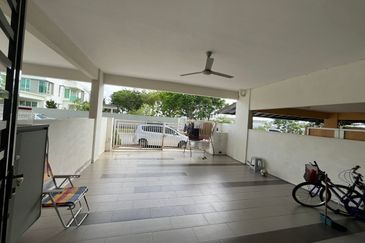
HIJAYU 3A @ BANDAR SRI SENDAYAN
Seremban, Negeri Sembilan
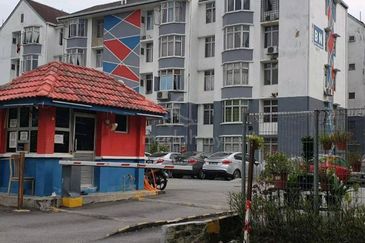
Sri Teratai Apartment
Bandar Kinrara Puchong, Selangor
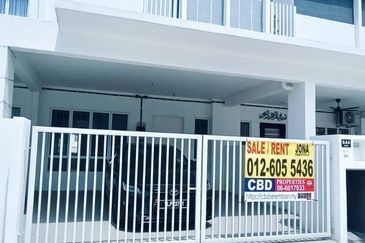
Bayu Sutera @ Celyn, Bandar Sri Sendayan
Seremban, Negeri Sembilan
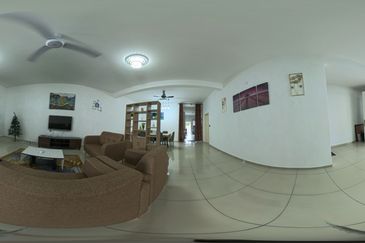
Ara Sendayan @ Bandar Seri Sendayan
Seremban, Negeri Sembilan

Bandar Mahkota Banting (Brooklands)
Banting, Selangor

Bandar Mahkota Banting (Brooklands)
Banting, Selangor
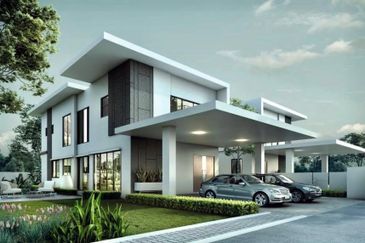
Bandar Mahkota Banting (Brooklands)
Banting, Selangor
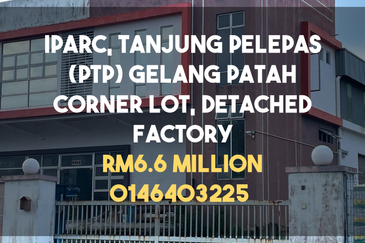
i-Parc @ Tanjung Pelepas
Gelang Patah, Johor

hero.jpg?GPem8xdIFjEDnmfAHjnS.4wbzvW8BrWw)
